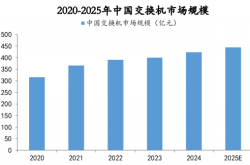Below the Breakdown, the Robotaxi Market: 'Tantalizingly Promising yet Formidably Challenging'
![]() 11/07 2025
11/07 2025
![]() 442
442
Capital markets have a penchant for companies that can weave captivating narratives.
Following the AI boom, projects centered around the practical application of artificial intelligence have emerged as the hottest tickets in town. From autonomous vehicles to robotics, technologies once confined to the realm of imagination are steadily becoming a tangible reality.
While robots are still mostly engaged in technical demonstrations, a growing number of autonomous driving Robotaxis are inching closer to our daily lives, potentially marking the first foray of AI into the mainstream.
At the 8th China International Import Expo, Tesla, a company that typically steers clear of domestic auto shows, made a comeback. It showcased its conceptual Cybercab autonomous electric vehicle, drawing the attention of both domestic and international exhibitors and becoming the most buzzed-about booth in the mobility pavilion.
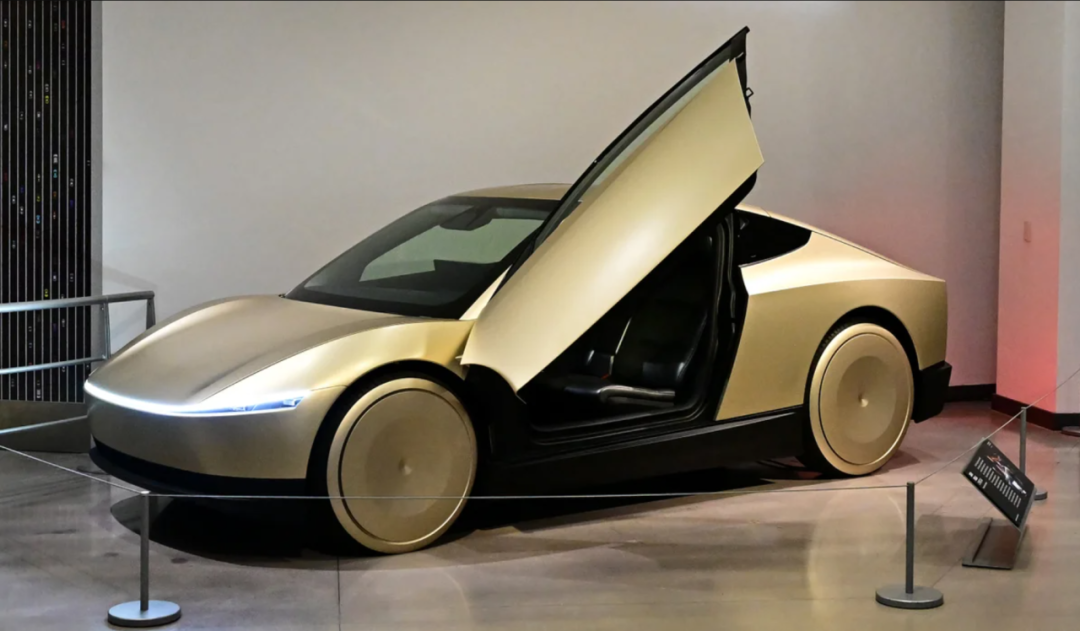
With Tesla's Full Self-Driving (FSD) technology making its debut in China earlier this year, autonomous driving remains the most fiercely competitive arena in the domestic automotive sector. Despite tightening regulations, automakers continue to pour substantial resources into R&D, recognizing that no other technology can match the competitive edge offered by autonomous driving.
After domestic automakers' claims of 'autonomous driving' were downgraded to 'assisted driving' overnight, the only viable path forward is to advance towards Level 3 or even higher levels of autonomous driving.
Dual Listing: A Hotbed for Investment
November 6th marked a watershed moment for the Hong Kong stock market, as two autonomous driving technology companies specializing in Robotaxis—Pony.ai and WeRide—went public. For the industry, it was a moment of triumph.
Since the global autonomous driving technology sector hit a downturn in 2021, numerous high-profile tech firms have crumbled. However, these two companies have not only successfully listed in the U.S. but also made their debut in Hong Kong, signaling to the market that the spring of autonomous driving has arrived.
Back in the day, autonomous driving technology was the darling of Silicon Valley, with internet behemoths like Google and Amazon investing heavily and driving its development. New companies seemed to sprout up every few months, securing funding and going public, becoming a magnet for speculative capital.

Today, companies like Argo AI and Cruise have faded into history, leaving only Waymo (backed by Google) and Zoox (owned by Amazon) as the remaining Robotaxi operators in Silicon Valley.
However, with Tesla entering the Robotaxi business as an automaker, the market has exploded, especially after Tesla claimed that its autonomous driving technology shares the same lineage as FSD, sparking intense interest among domestic new energy automakers.
At this juncture, two companies quietly working on autonomous driving re-emerged in the public eye. In October 2024, WeRide went public in the U.S., followed by Pony.ai a month later. This coincided with a surge in domestic assisted driving technology.

With the sudden popularity of end-to-end large models, automakers began pivoting towards this new direction. The initial growth of end-to-end models was astonishingly rapid, gradually overcoming the challenges of urban assisted driving. The market was brimming with hope, as it seemed autonomous driving was just around the corner.
However, a series of accidents served as a stark reminder that the currently available intelligent assisted driving systems still have a long way to go before achieving true autonomous driving.
Meanwhile, the trial operation areas for Robotaxis have rapidly expanded domestically. In just six months, the number of operational vehicles grew by 67%, and the trial operation areas multiplied. For instance, in Shanghai, Robotaxi service expanded from Jiading to Pudong, reaching central urban and business districts.
Besides Baidu's Apollo Go, which operates the largest fleet, WeRide and Pony.ai are the next largest players.
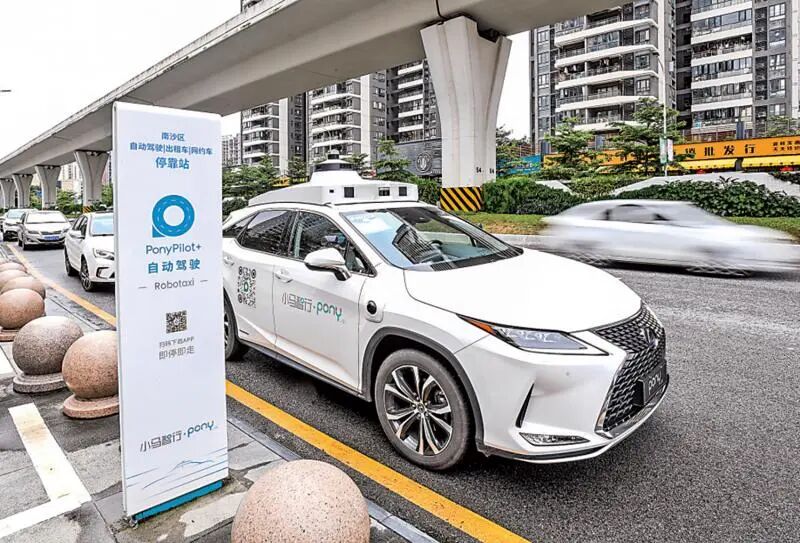
In terms of operations, Pony.ai has deepened its collaboration with BAIC and GAC Group to jointly develop the seventh-generation Robotaxi model, reducing production costs by 70% compared to previous models, with per-vehicle costs compressed to 300,000 yuan.
Amidst this rapid growth, both companies opted to list in Hong Kong to tap into the Asian market's capital. WeRide raised HK$2.26 billion, while Pony.ai raised HK$6.45 billion, proving that Robotaxis can still command significant investment in the capital markets.
This is merely the beginning. From Cao Cao Mobility's IPO earlier this year to Shouqi Limousine & Chauffeur's filing, it underscores the immense potential of the Robotaxi market and its ability to attract investors.
Below the Breakdown, Risks Lurk
Of course, on the first day of their Hong Kong listings, both Pony.ai and WeRide saw their stock prices dip below the IPO price. Pony.ai closed at HK$126.1 per share, down 9.28%, while WeRide closed at HK$24.4 per share, down 9.96%.
Behind these declines lie the challenges faced by both companies and the entire industry: persistent losses. Whether it's Pony.ai, which has been operating for nine years, or WeRide, which has been at it for eight, neither can escape the financial quagmire.
According to financial reports, from 2022 to the first half of 2025, WeRide accumulated losses of 6.557 billion yuan over three and a half years, with losses widening.
While Pony.ai's losses are smaller than WeRide's, it still accumulated 4.587 billion yuan in losses over the same period.

Behind these losses lies substantial long-term R&D investment. Facing market fluctuations, Robotaxi companies must continuously update their software algorithms, hardware chips, and sensors—all of which come at a hefty cost. The introduction of large model algorithms has further strained R&D funding due to the need for sustained computing power investment.
Under operational pressure, Pony.ai has chosen to pursue profitability through scale, hoping to achieve a breakthrough in fleet operations. According to Pony.ai's estimates, reaching a scale of 1,000 vehicles will allow it to cross the breakeven point.
This has become an industry consensus. Recently, AutoNavi partnered with Pony.ai and Xiaomi to create a Robotaxi aggregation platform, reducing operational costs for companies and helping them swiftly expand into the market.
By delegating specialized tasks to professionals, Robotaxi companies can focus their efforts on R&D. This model has attracted not only tech R&D firms like WeRide but also automakers. At XPeng's Tech Day, the company announced its entry into the Robotaxi race and its collaboration with AutoNavi.
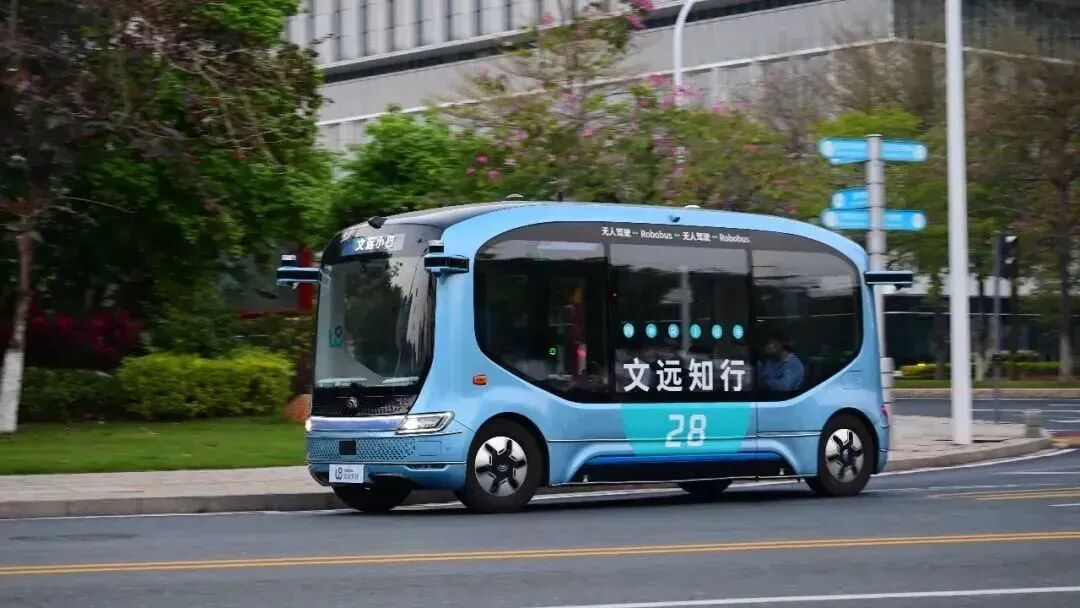
In terms of scale, neither Pony.ai nor WeRide is confined to the domestic market. Both have expanded overseas, with WeRide obtaining autonomous driving permits in seven countries, while Pony.ai operates Robotaxis in the Middle East, Southeast Asia, and other regions.
Driven by internationalization, more people are recognizing Robotaxi technology, leading to increased attention and funding.
In the short term, the development of Robotaxis benefits the automotive supply chain by driving advancements in LiDAR, high-performance sensors, and computing chips. This charts the course for the supply chain and lays the groundwork for future large-scale production.
More importantly, Robotaxi development will spur new growth in automobile sales. While the current scale may not sustain an automaker, it allows companies to explore future automotive R&D in advance.
In the long term, Robotaxi development is piloting new value models for the industry, where software may become more valuable than the product itself. This could lead to a fundamental shift in the automotive industry's value structure.
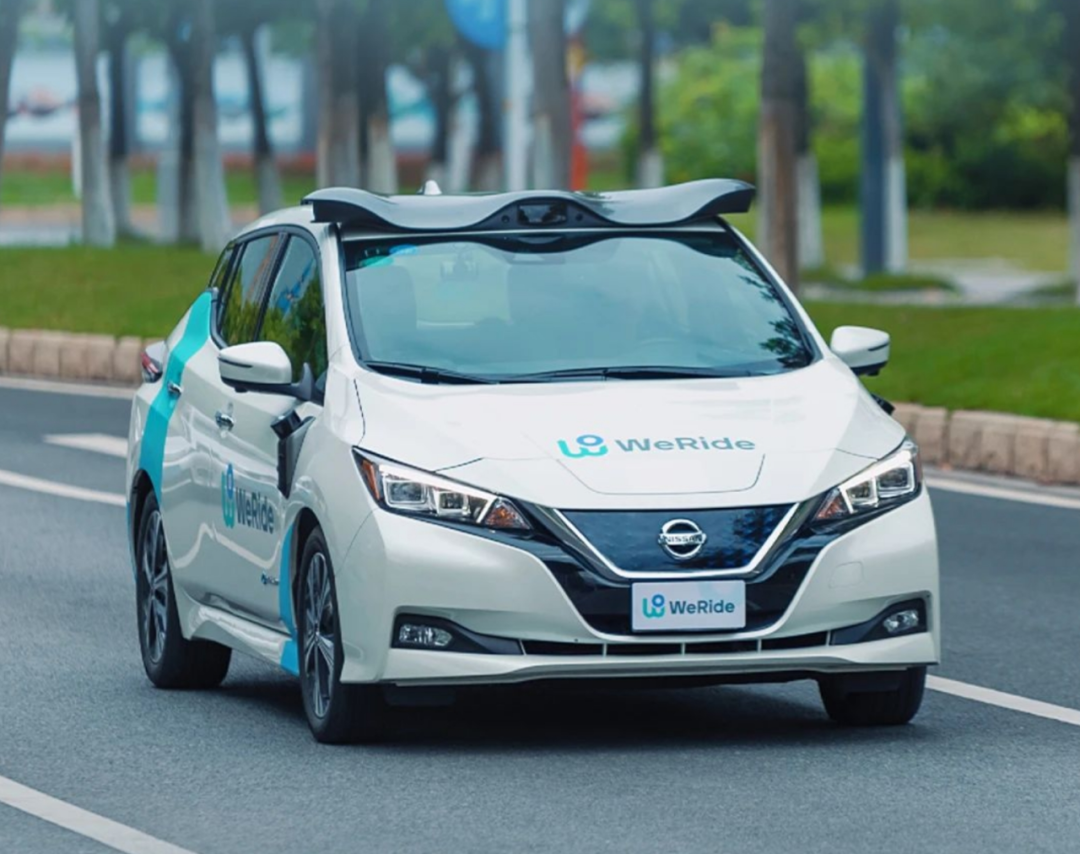
If the core value of automobiles shifts from driving experience to mobility service capabilities, traditional automakers' brand premiums may diminish, and industry profits may shift toward upstream technology providers and downstream mobility operation platforms.
This is why Tesla's Cybercab has garnered so much attention. Currently, Tesla continues to play a disruptive role in the domestic market, from products to software. With FSD's potential entry into China, it remains to be seen whether Tesla's Robotaxi will also make its debut in the country.
Note: Some images are sourced from the internet. If there is any infringement, please contact us for removal.
-END-




